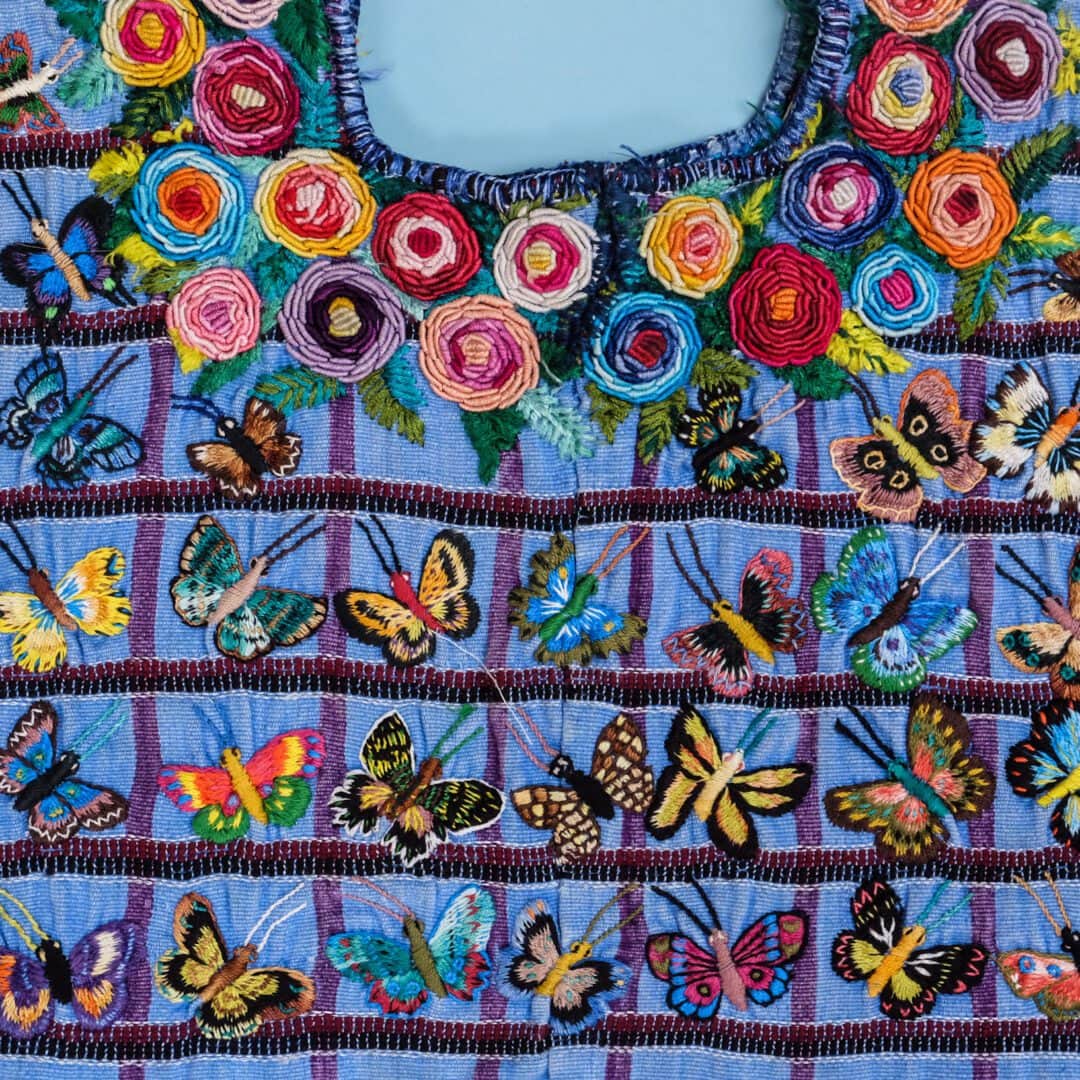
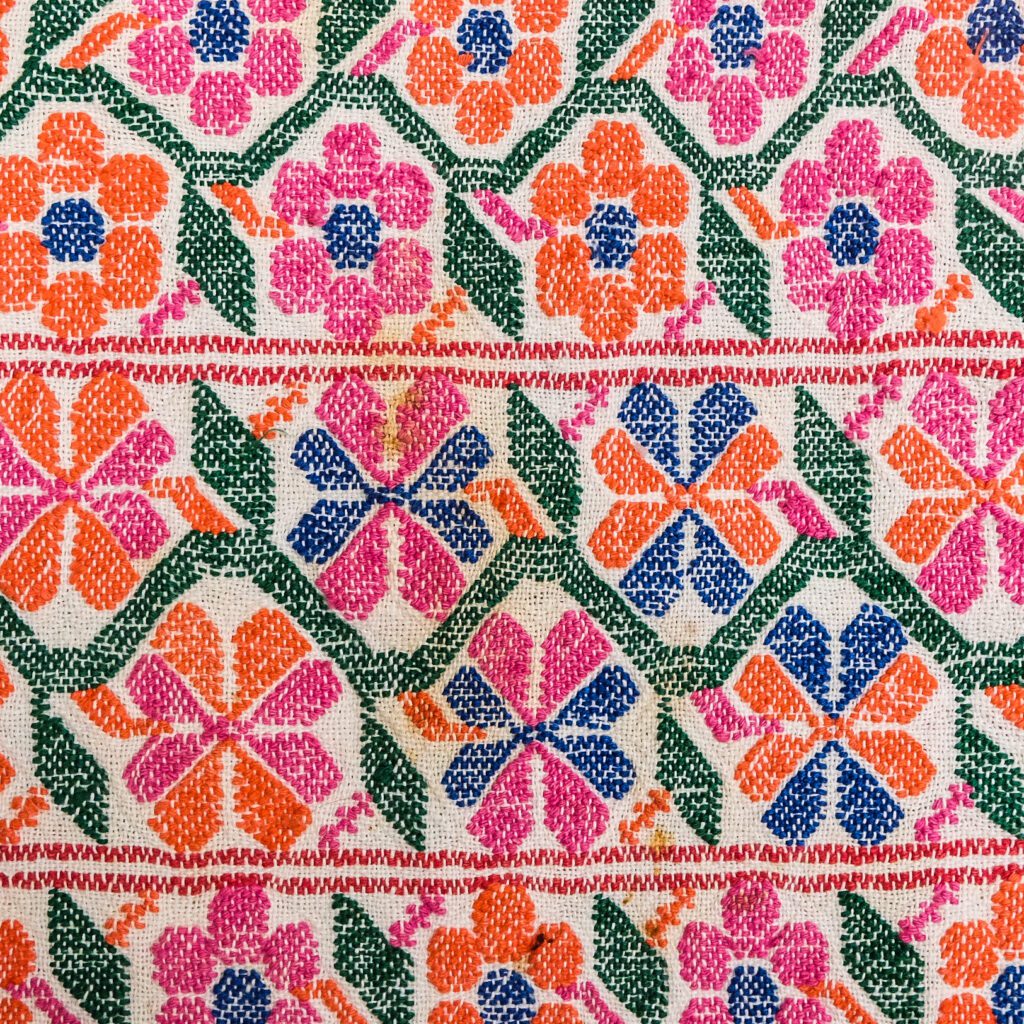
Throughout history, embroidery has served a variety of purposes. Techniques and designs vary in all parts of the world, reflecting local cultural and craft traditions, the sharing of knowledge, and immense creativity. This intricate work requires a thoughtful attention to detail, as the stitcher carefully guides the embroidery threads through warp and weft to add new dimension to the cloth. From everyday clothing to table linens to ritual cloths, embroidery has appeared on all sorts of objects, imbuing meaning and adding visual delight. Techniques and repeating motifs are passed through generations, reminding us of the incredible potential for connection through craft.
Historically, color use and design have varied, chosen to suit local tastes and conventions. Floral motifs are among the most popular, found in embroidery examples from all parts of the globe. In part, they are especially useful for their versatility as they are adaptable for a wide range of colors and compositions. At times they are rendered literally with colors and shapes chosen to best approximate the plant. Other times, the plants are abstracted, depicted in wonderful and fantastical colors and shapes.
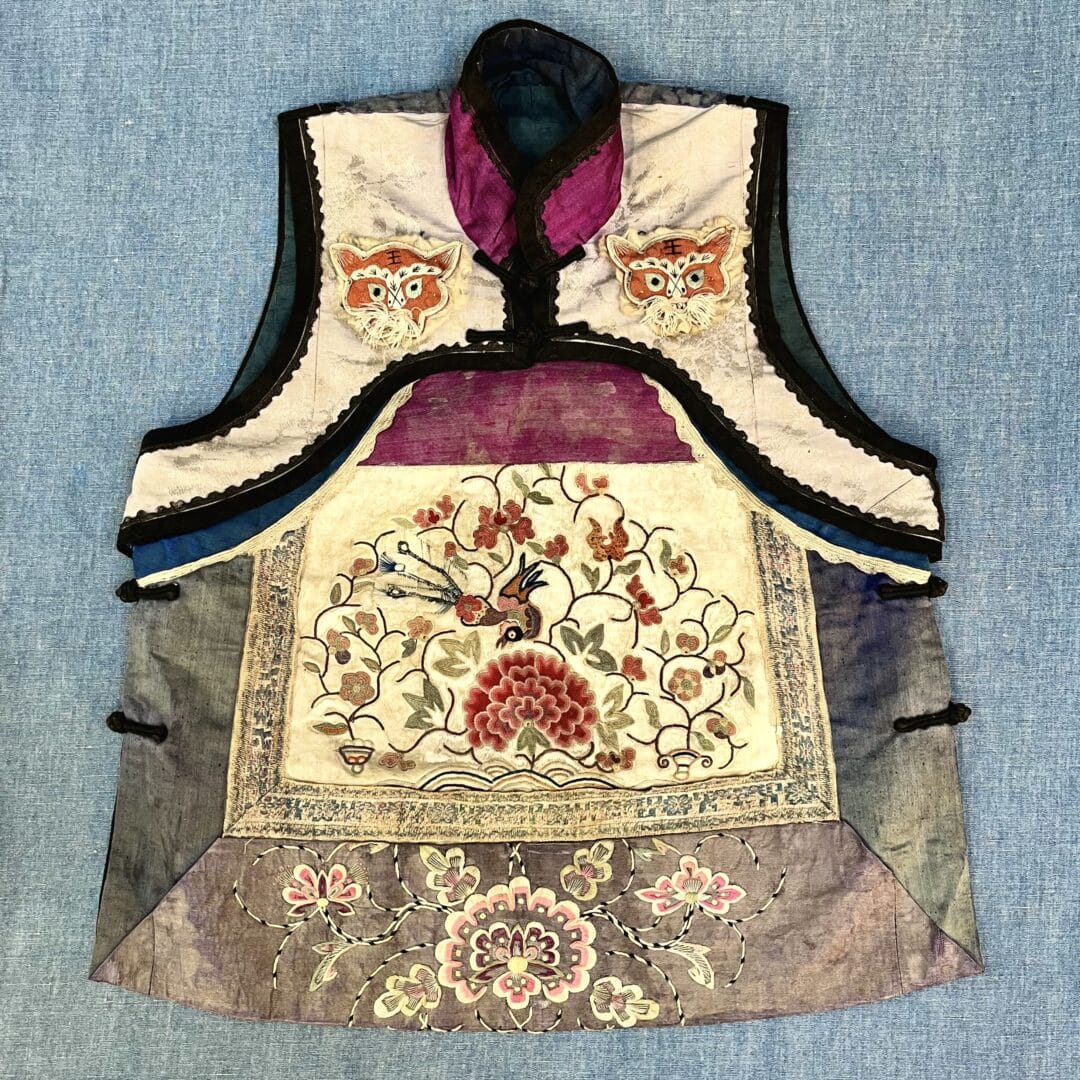
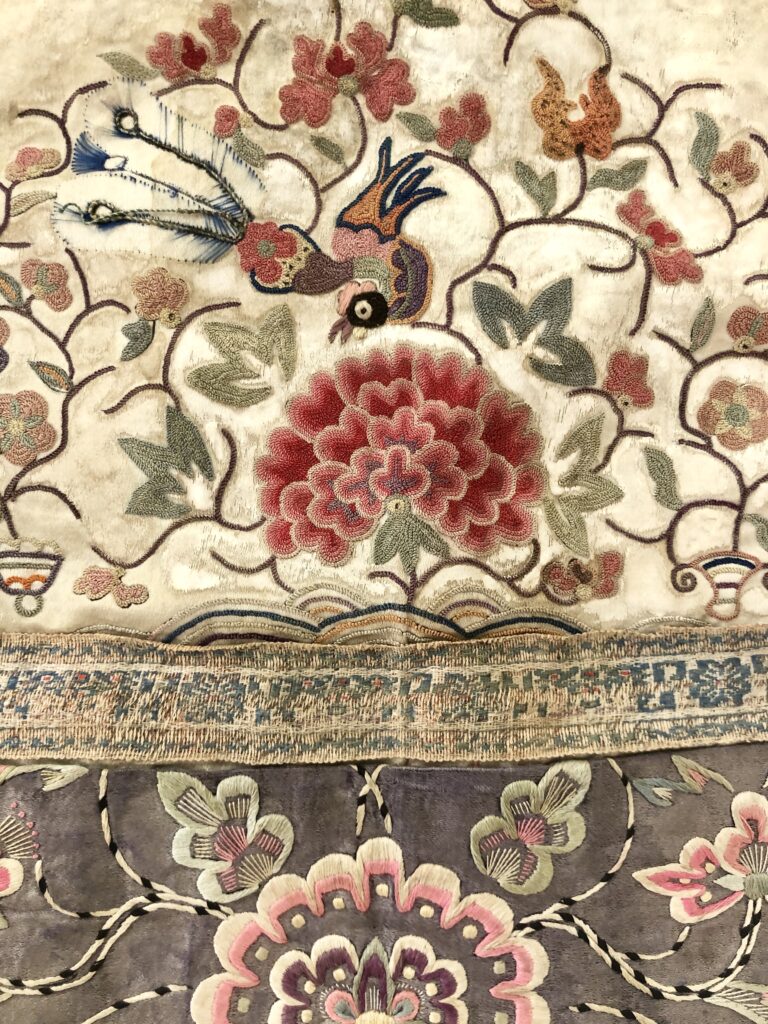
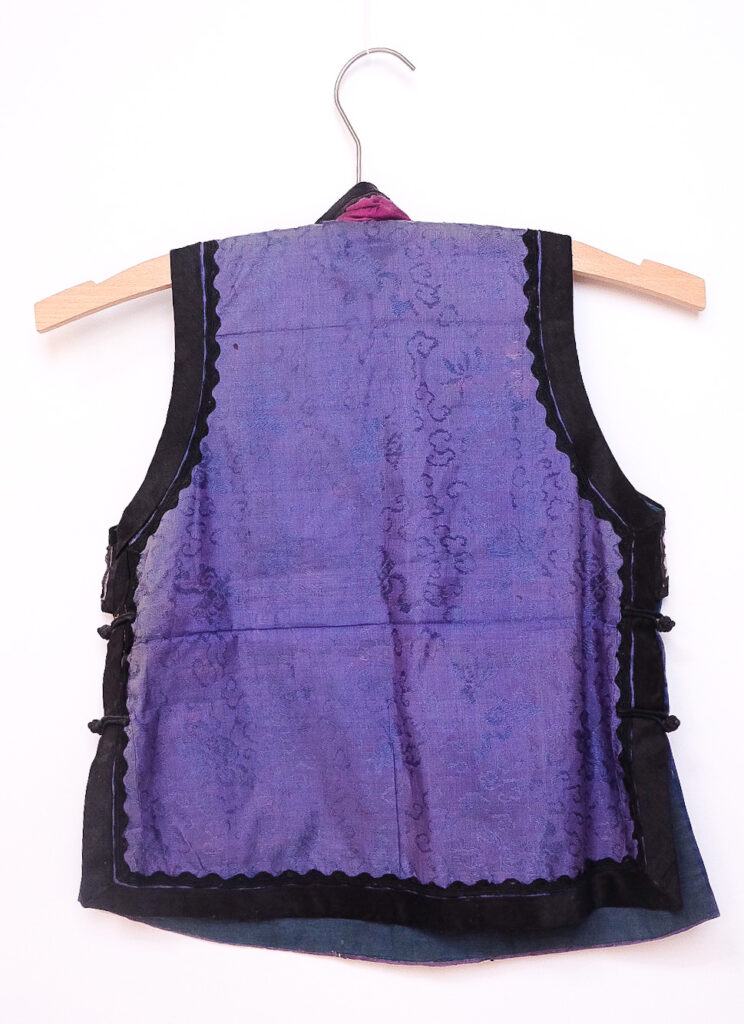
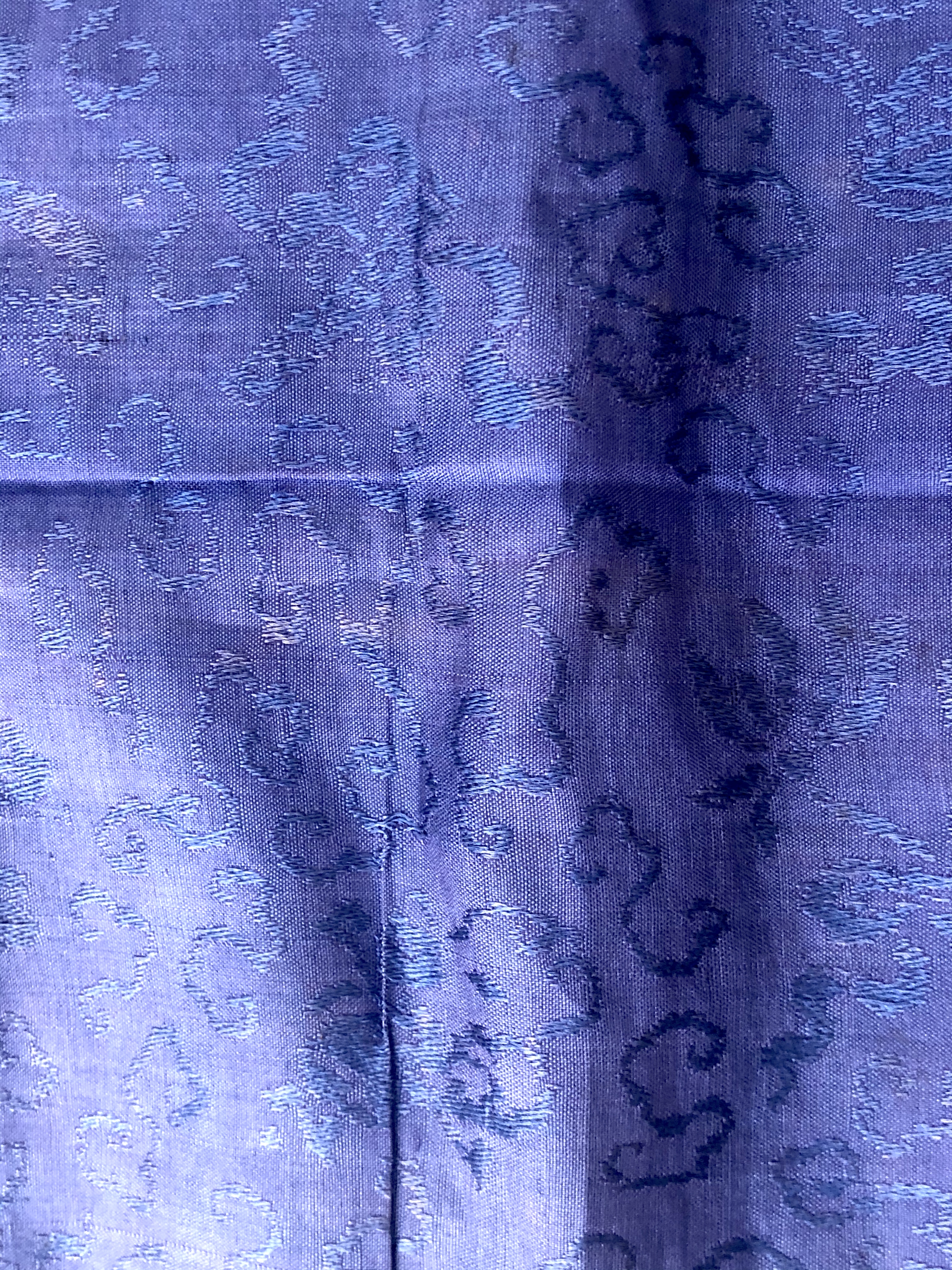
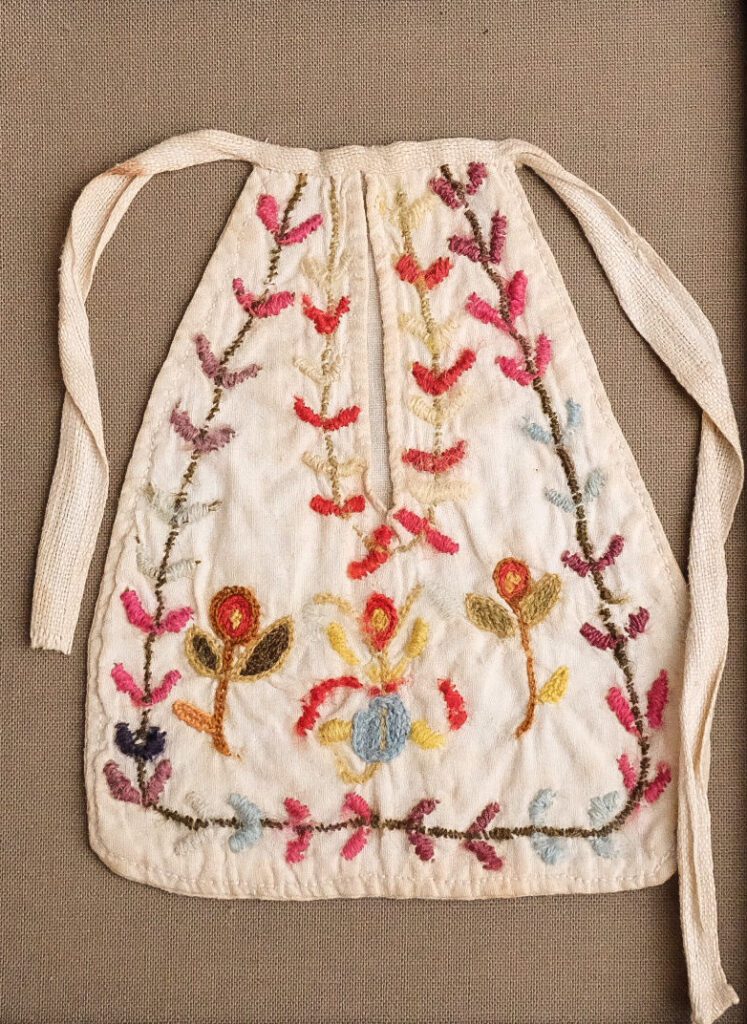
Looking through the collection of embroidered objects at Tatter Blue Library, the vast range in design and purpose is clear. We are touched by the beautiful blooms stitched into cloth, tenderly reminding us of the care and attention required to perform such a task.
The stitched flowers curve and bloom with the shapes of the cloth objects. Leaves and vines unfurl to create dazzling embellishment. Smooth and soft, they echo the petals and leaves they are modeled after. The raised stitches make the flowers tangible again. Through stitching, the ephemeral blooms are preserved to be carried and held close all year.
The embroidered flowers subtly reveal details about the stitcher, their location, and their moment in history. The flowers present a sort of language, with symbolism and meaning attached to their presence — be it protective, commemorate or wholly aesthetic. They show love, care, and celebrate the wonder of the world in bloom.
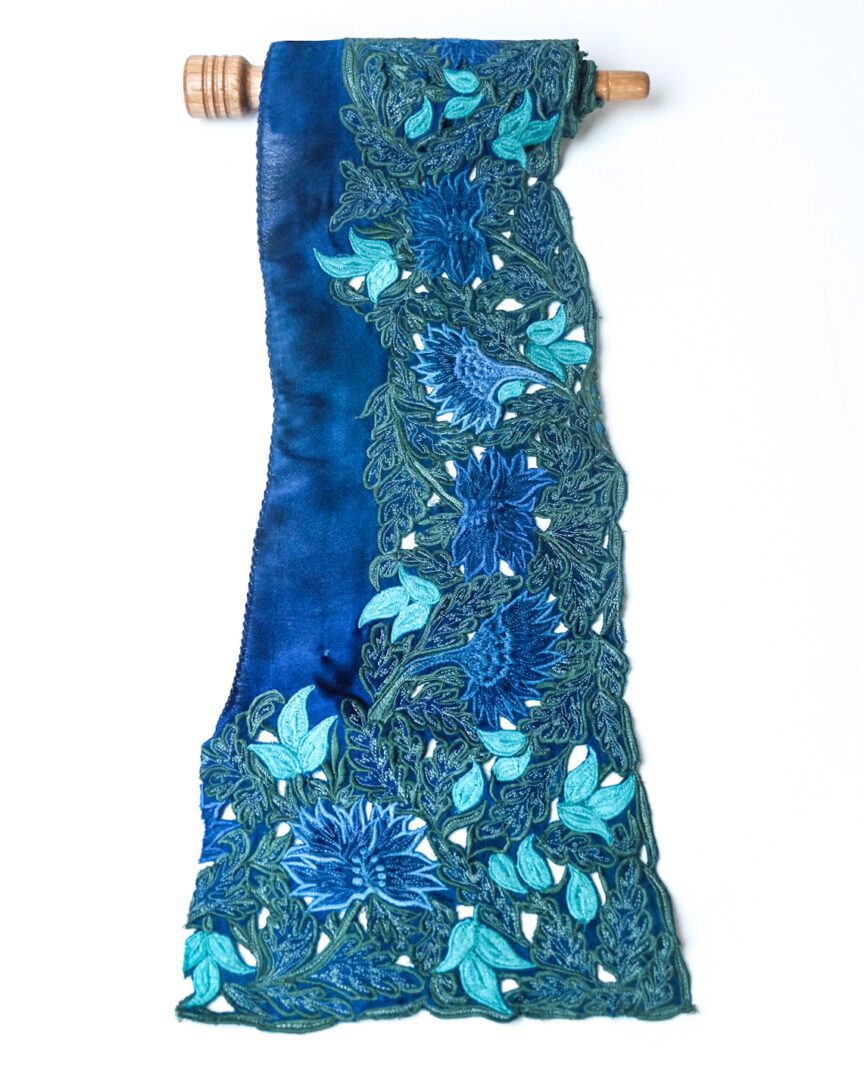
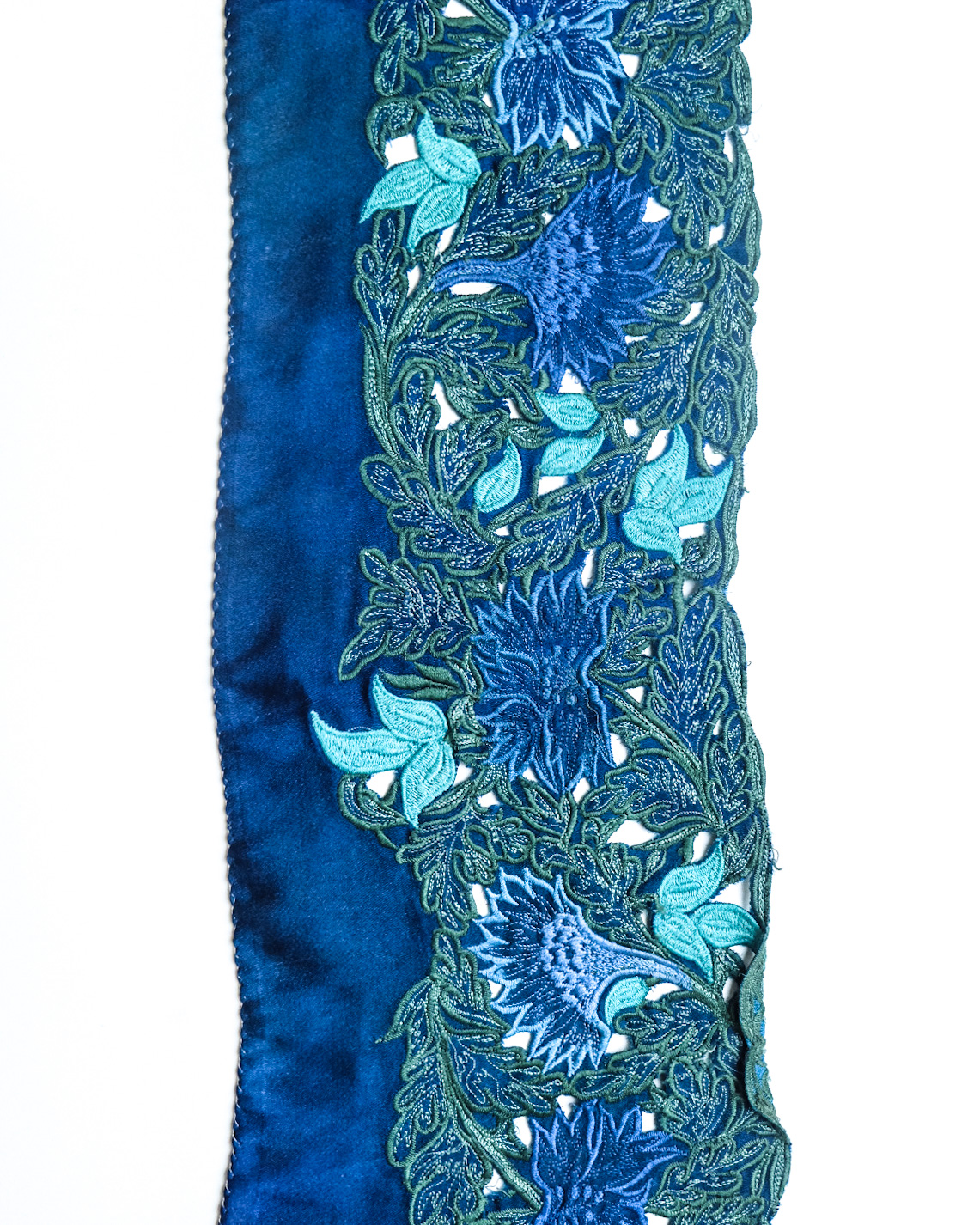
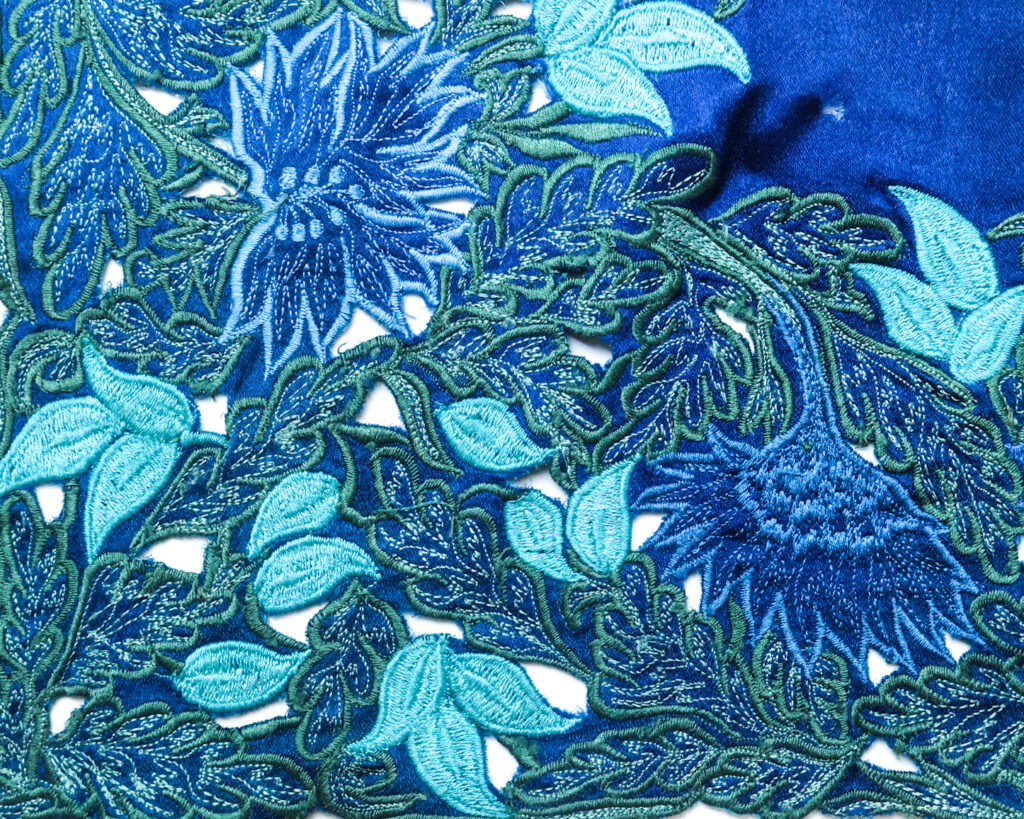
Make your own floral embroidery with our newest tie-on pocket kit, designed by TATTER in collaboration with Karen Steven’s original pattern!
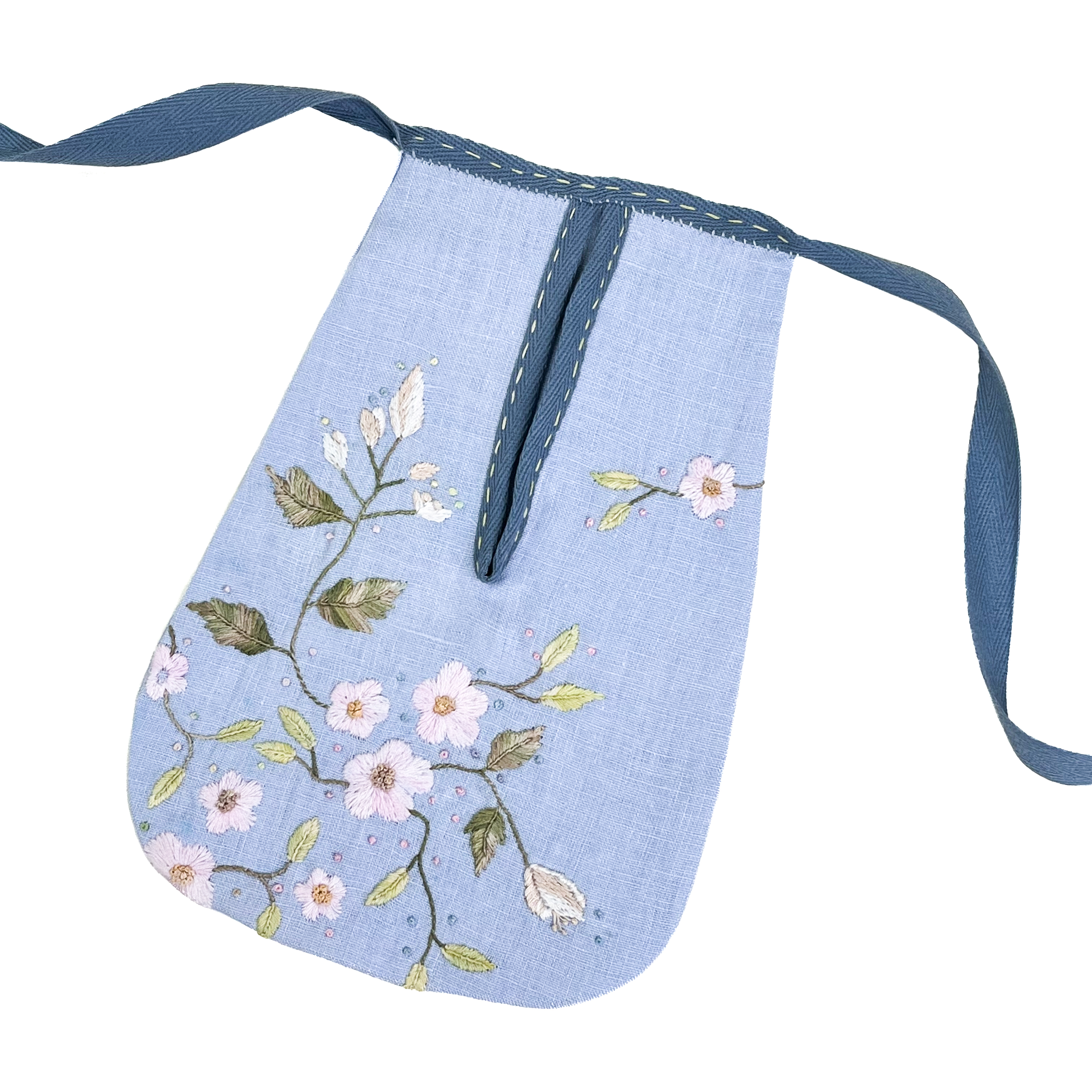
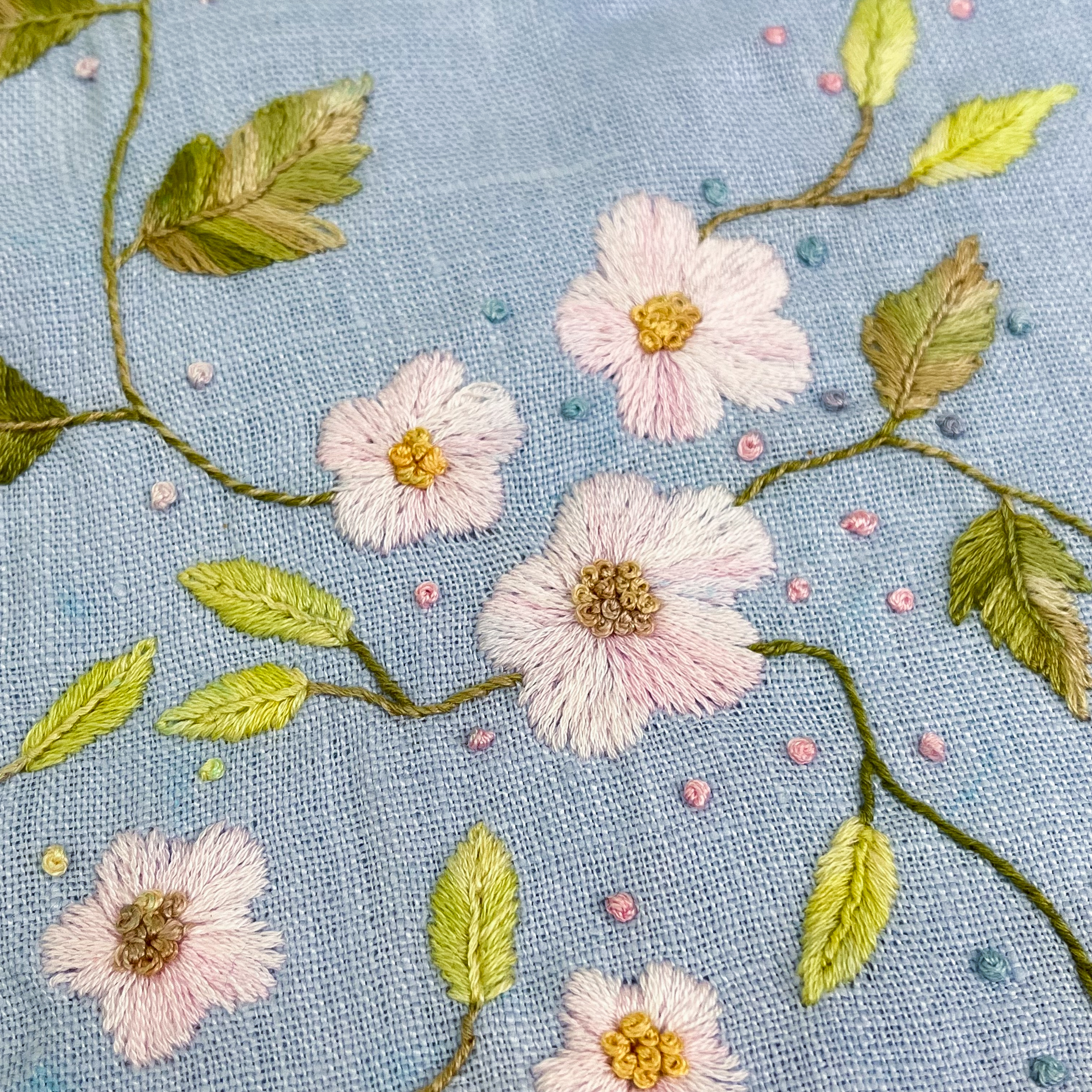
EXPLORE MORE FLORAL OBJECTS FROM THE COLLECTION AT TATTER BLUE LIBRARY

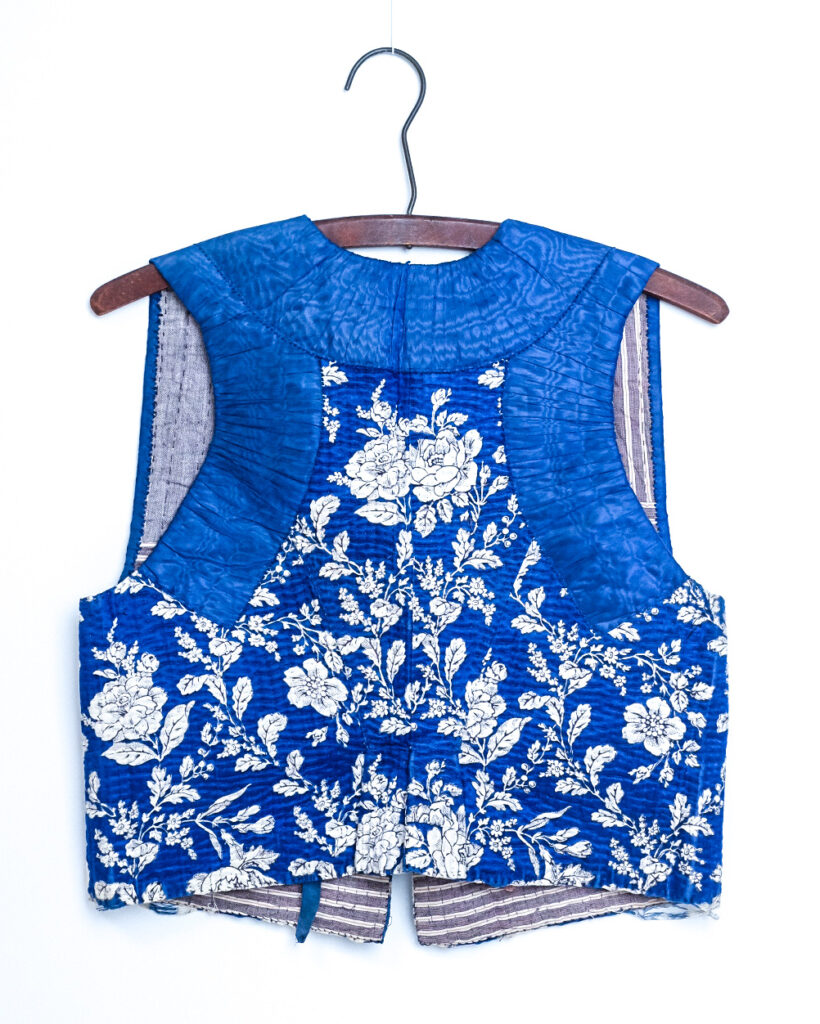
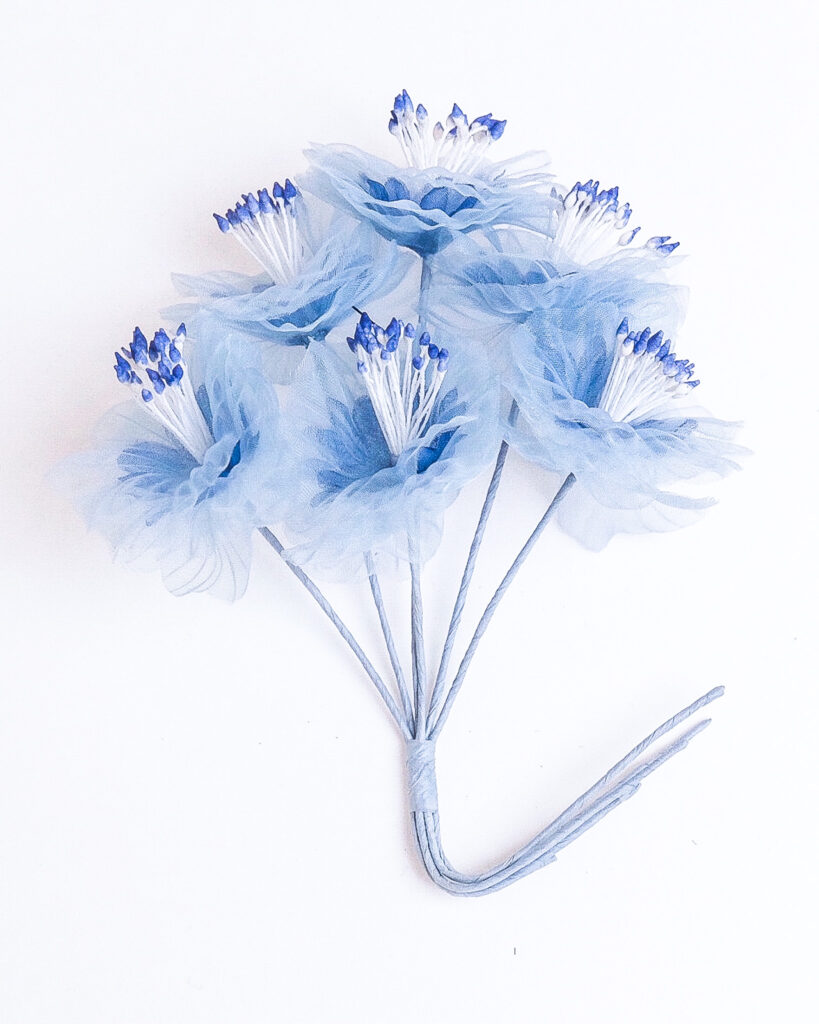
Bibliography:
Allianora. Flower Embroidery. Scribner, 1975.
Burr, Trish. The Kew Book of Embroidered Flowers. Search Press, 2020.
Floral Embroidery. Ondori, 1975.
